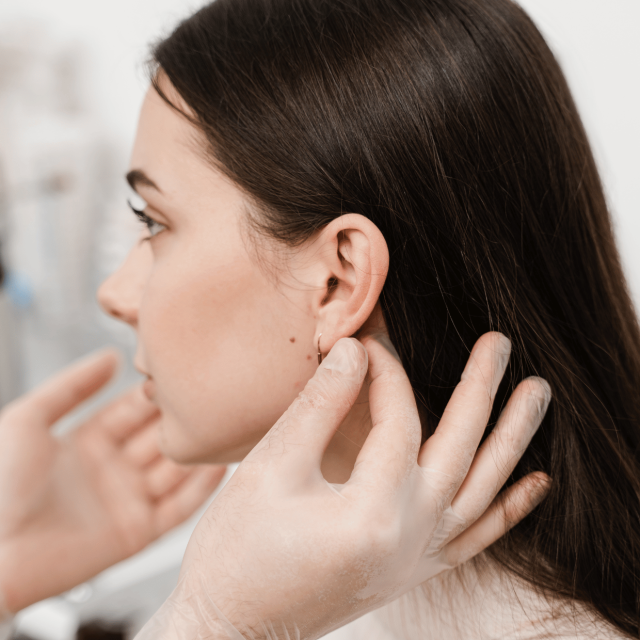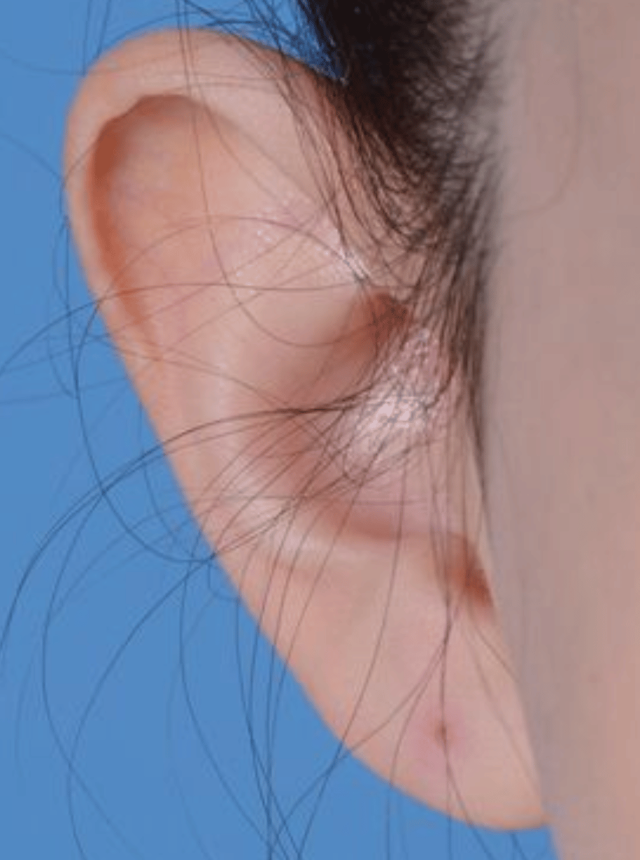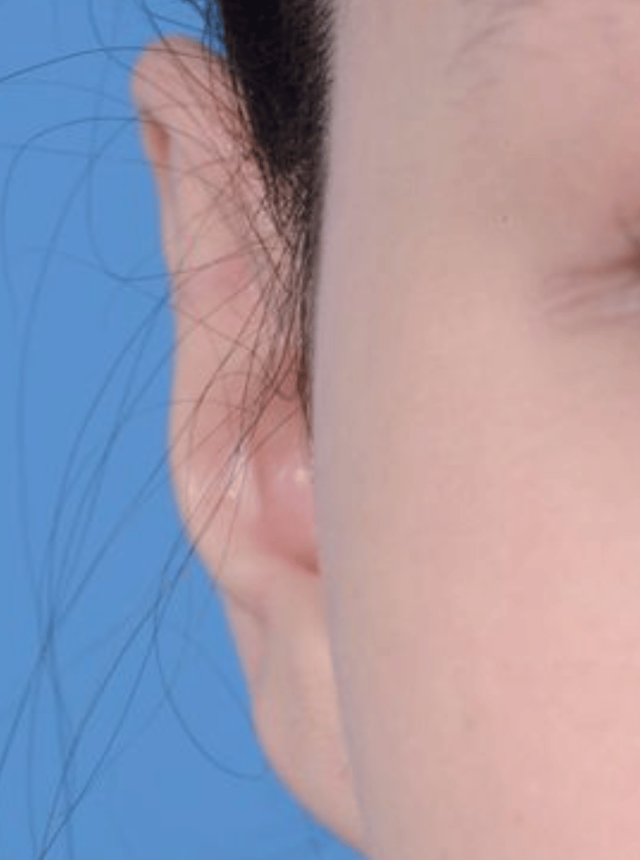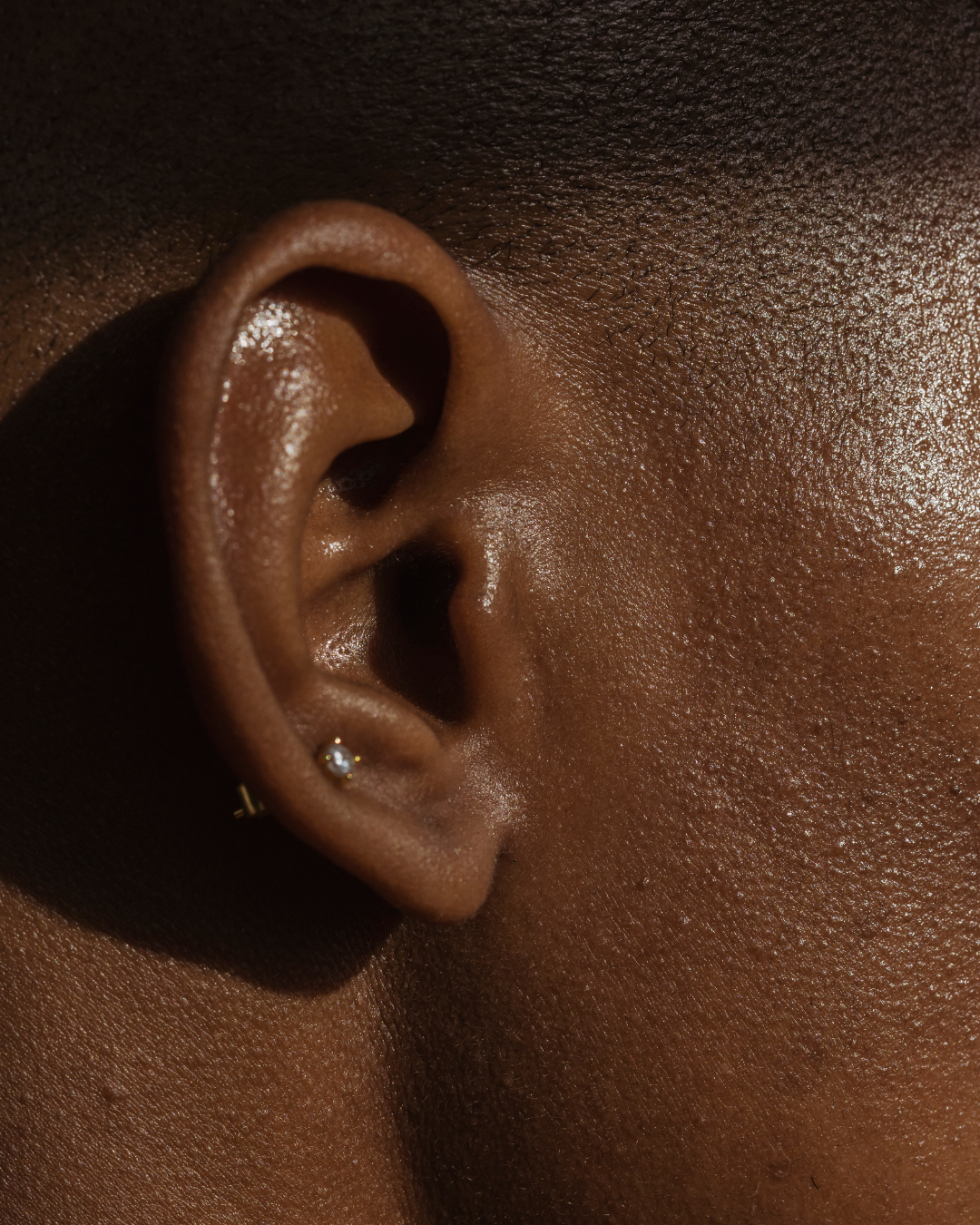
Otoplasty, also known as ear correction or ear surgery, is a cosmetic procedure designed to reshape and reposition prominent ears closer to the head. This surgery can be performed on both children and adults, providing a permanent solution to prominent ears, which can significantly boost self-confidence.



Otoplasty is suitable for individuals who are unhappy with the prominence of their ears. This procedure is often performed on children over the age of 7, once their ear cartilage has matured enough to hold the new shape. It’s also ideal for adults who wish to correct the appearance of their ears. Good candidates are generally healthy, non-smokers with realistic expectations about the outcomes. Dr. Ayad specialises in minimally invasive ear surgery and will discuss the best options during your consultation to ensure the results align with your aesthetic goals.
Otoplasty is typically carried out under local anaesthesia, ensuring the patient is awake but feels no discomfort. The procedure begins with an incision made behind the ear, through which the cartilage is reshaped to create a natural fold and reposition the ear closer to the head. The incision is then closed using dissolvable sutures. The results of ear surgery are visible almost immediately once the dressings are removed, with scars hidden behind the ear or within its natural creases, making them barely noticeable.
A head bandage is worn post-surgery to support the new shape during the healing process.

Following ear correction surgery, mild discomfort, swelling, and some bruising around the ears are normal and typically subside within a few days. A bandage is worn to support healing and ensure that the ears maintain their new shape. Most patients can resume light activities within a week, and final results become apparent once healing is complete.
Aftercare includes keeping the area clean, avoiding pressure on the ears, and following any specific guidance from your surgeon. As recovery progresses, you can enjoy your refined look with minimal maintenance.
Otoplasty can correct a variety of ear-related issues, including prominent ears, asymmetry, and defects in the ear cartilage. It’s most commonly used to address ears that stick out prominently from the head.
After otoplasty, a head bandage is worn to support the newly shaped ears. Some swelling and discomfort are normal and typically subside within a week. Patients are usually advised to avoid strenuous activities for several weeks to ensure proper healing.
Yes, otoplasty is suitable for children over the age of 7, provided they are healthy and able to communicate their feelings about the procedure. It’s important that the child is cooperative and understands the reasons for the surgery.
Otoplasty scars are typically hidden behind the ear or within its natural creases. They generally heal well, but it’s important to discuss any history of hypertrophic or keloid scarring with your surgeon before the procedure.
The results of otoplasty are almost immediate once the bandages are removed. The ears will be positioned closer to the head, with a more natural appearance, and the scars will be well-concealed.